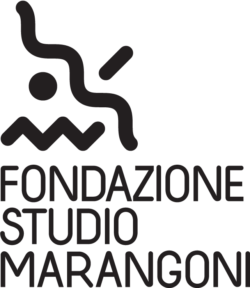_ Nowadays the images are so many and widespread to be unquantifiable. The speed that characterizes the visual and cognitive fruition in digital media makes their approach increasingly detached and fleeting. Starting from this observation, the exhibition is designed with the aim of creating a time for the image, citing the composition of the medieval and renaissance altarpieces. The exhibition, without captions, wants to show itself as a visual story, in which the viewer’s thought can find space to explore.
_ The first works on show are a series of shots that frame architectural details; the spaces introduce the story, capturing the look with a simple chromatic effect. But the man immediately begins to be evoked with the presence of some objects such as clothes stretched out in the sun. The exhibition continues with a dialogue between portraits of the guests and details of the places where they live, ending with a diptych of portraits. Mohamed avoids producing pietistic or stereotyped portraits, he prefers to portray people in their individual humanity and he doesen’t want to tell their stories. You need to go beyond piety to accept otherness.
_ The relationship between geometric structures and portraits is a stylistic and narrative choice of the photographer, who create the composition to capture the gaze, to push it to pause and to take time. This shots activates a thought that does not stop at the surface but is able to savor the message of the image, to discover its true content.
In the residency survey were also created two ‘tales’, here exposed, which try to look from inside the world of SPRAR and volunteering, accompanied by images of Aboubacar Kourouma, guest of a reception centre.

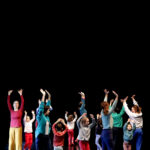


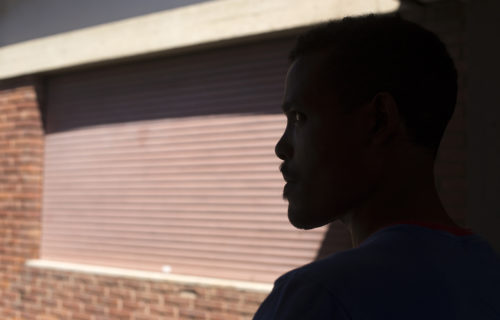
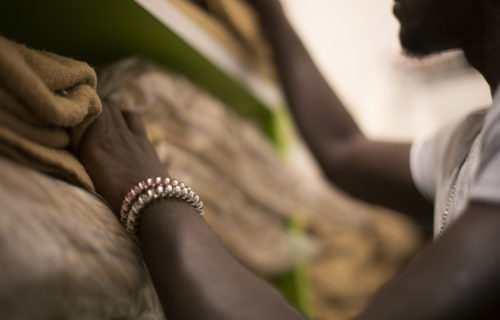
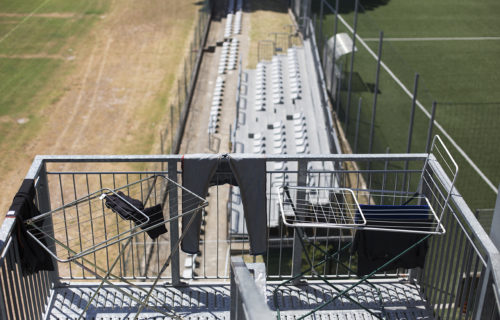
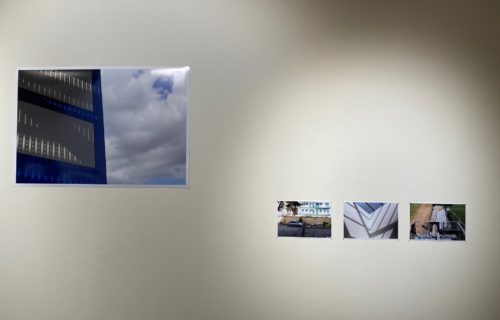
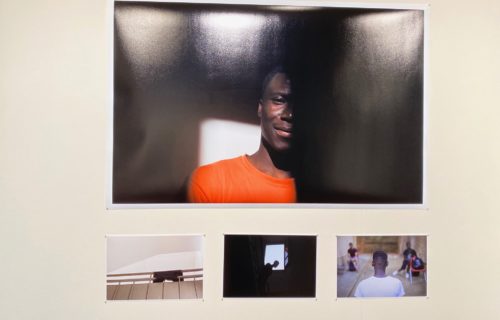
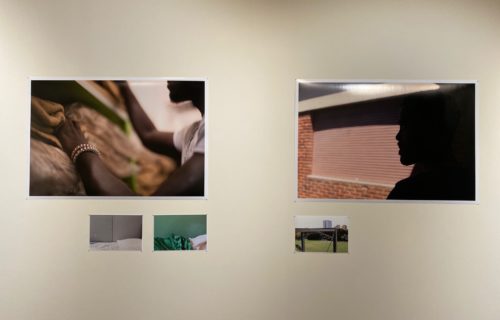
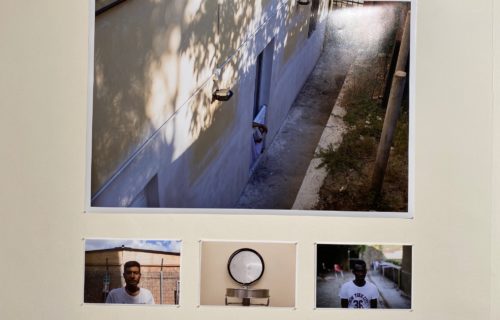
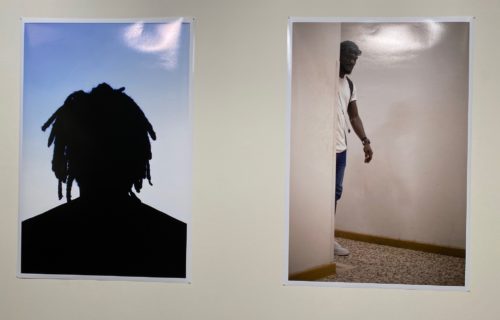
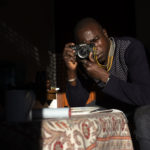
 Il Progetto è realizzato nell’ambito di Toscanaincontemporanea 2019 con il sostegno di Regione Toscana e Fondazione Cassa di Risparmio di Firenze
Il Progetto è realizzato nell’ambito di Toscanaincontemporanea 2019 con il sostegno di Regione Toscana e Fondazione Cassa di Risparmio di Firenze


